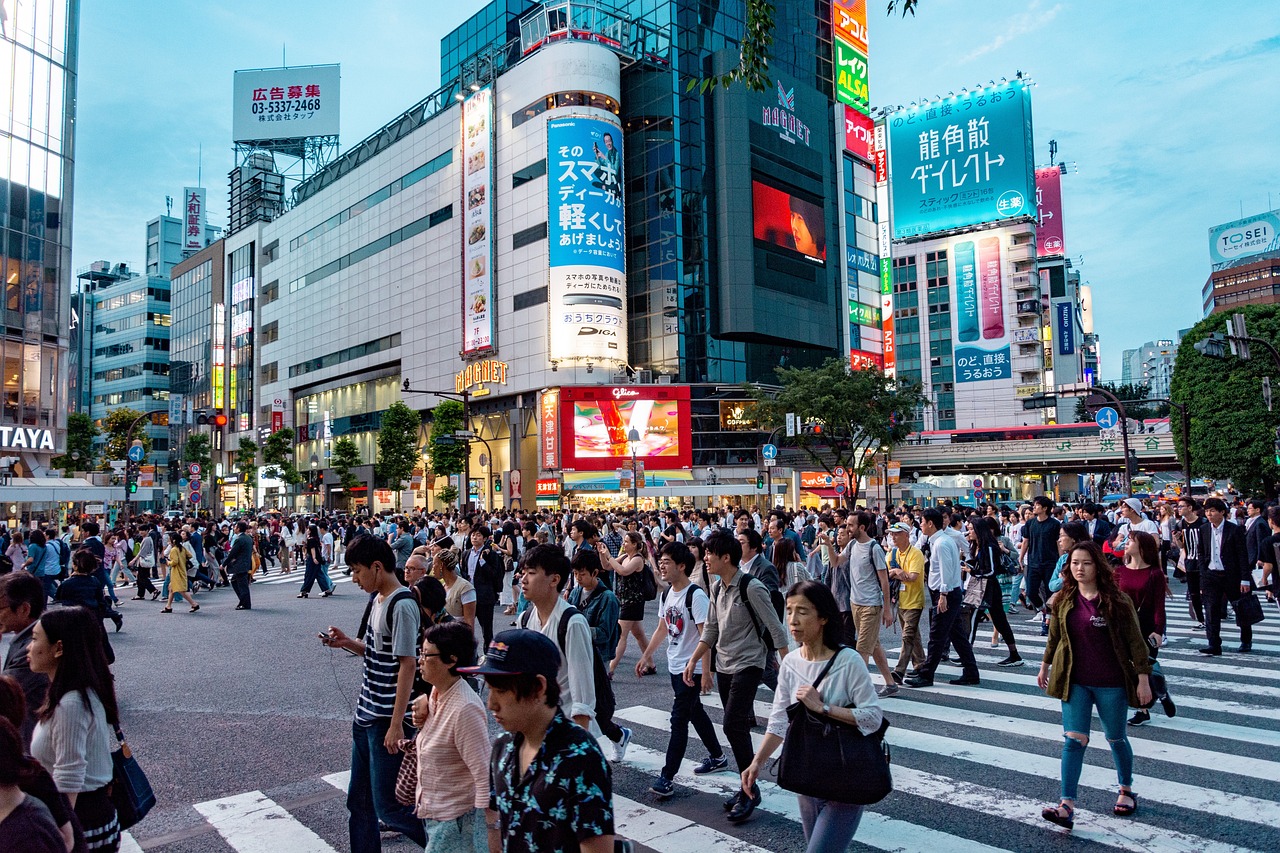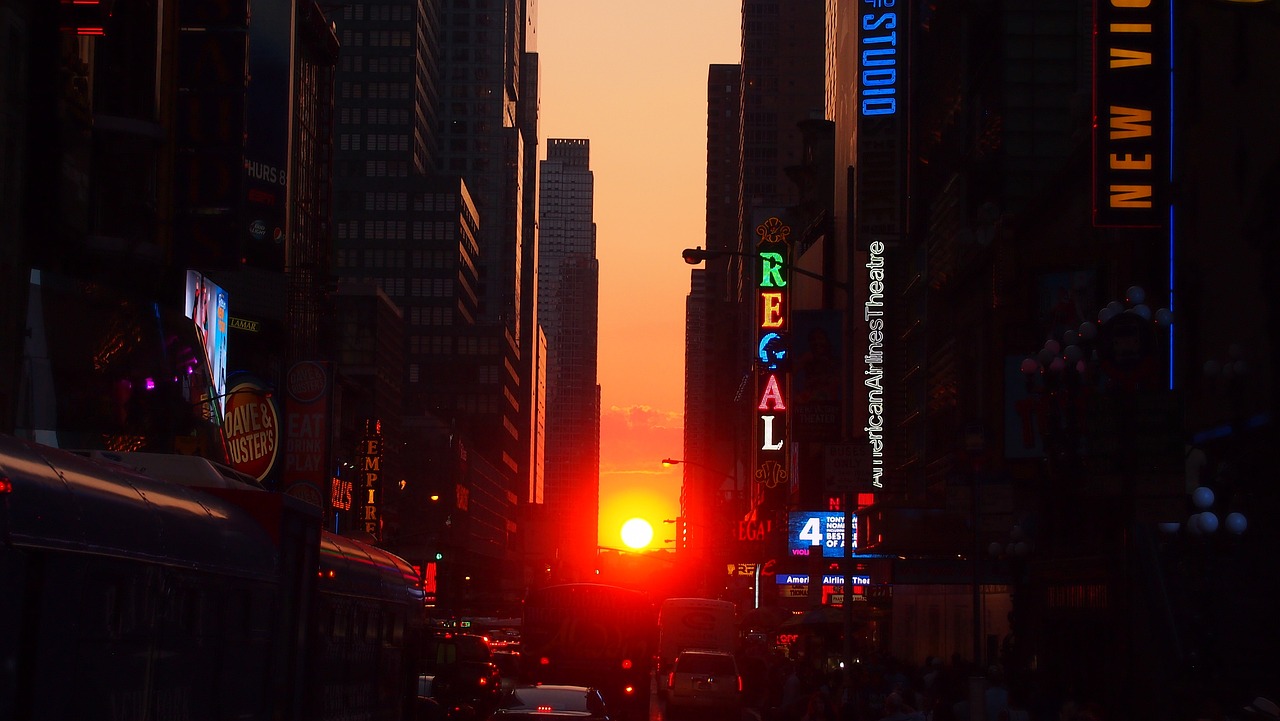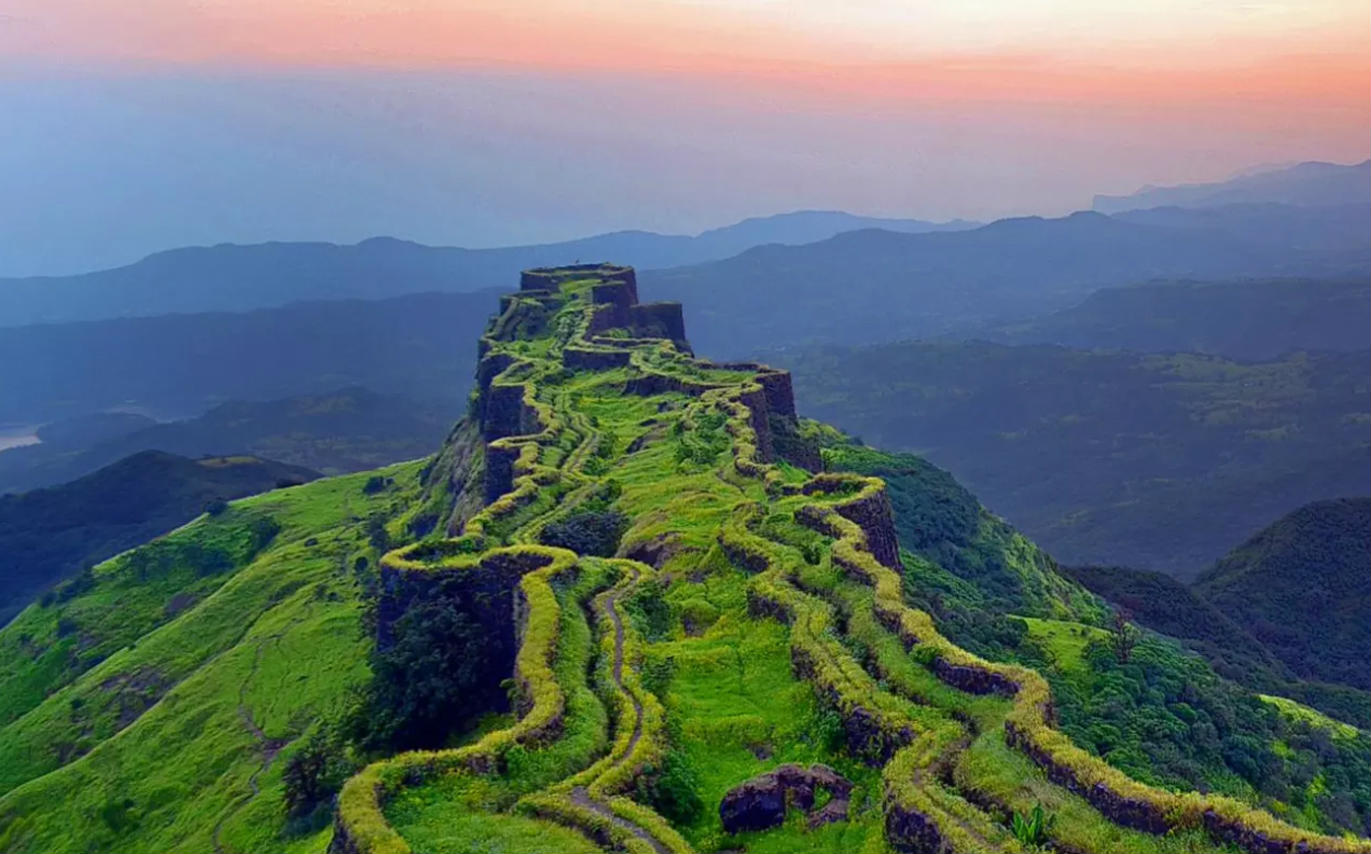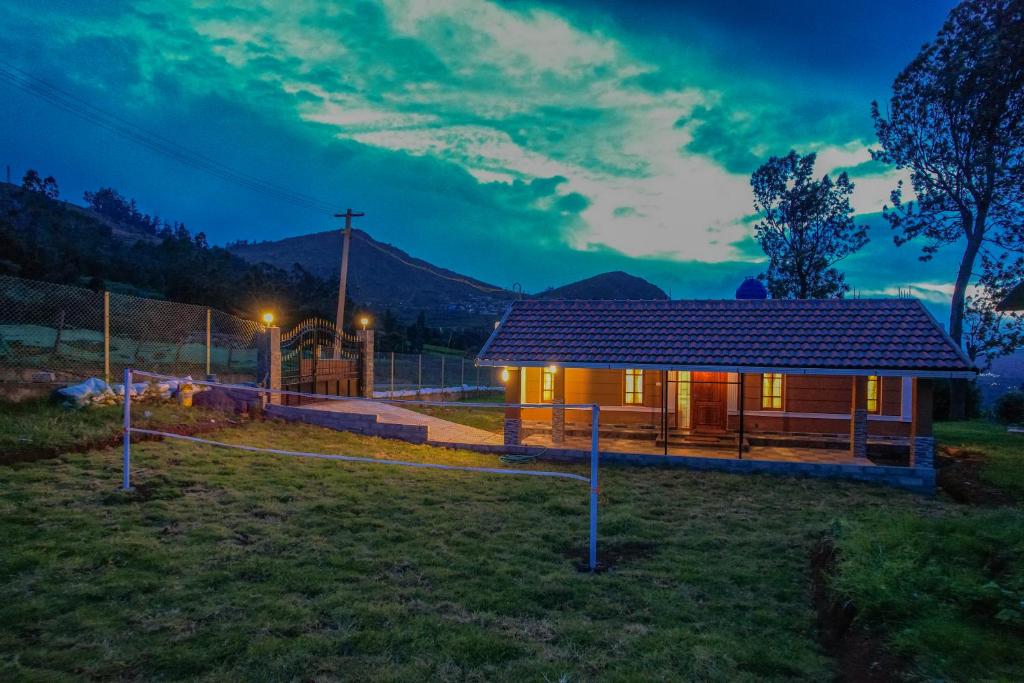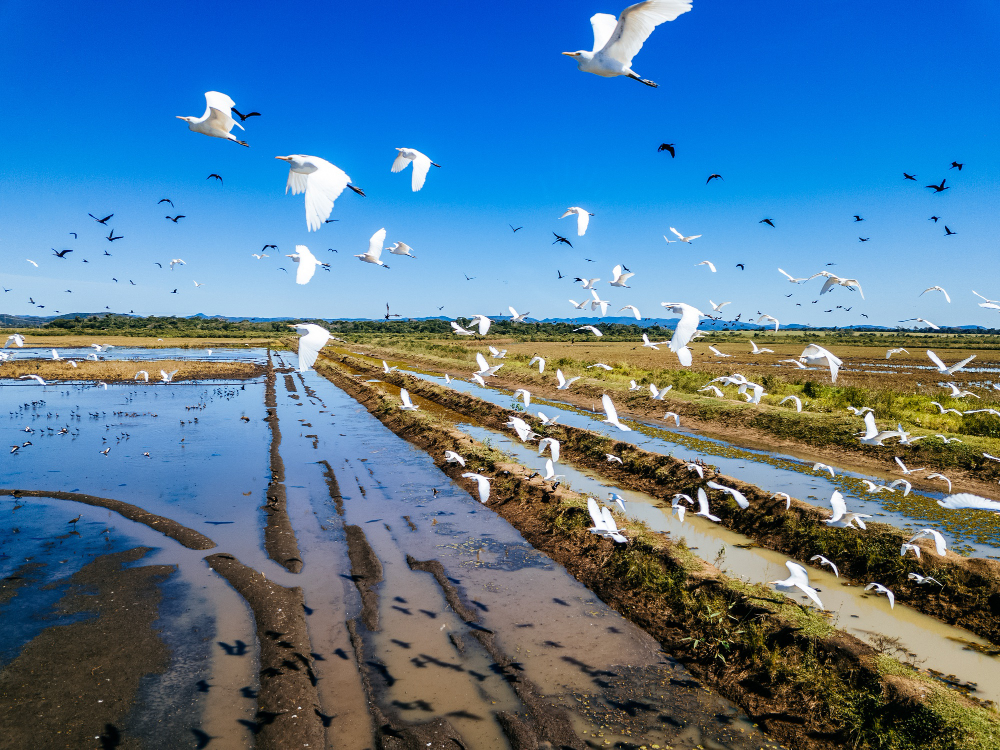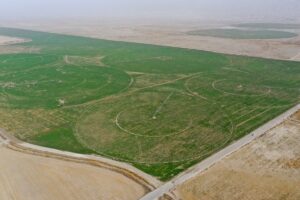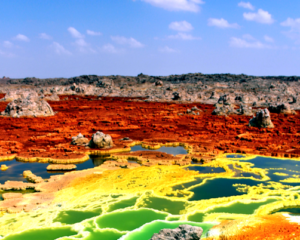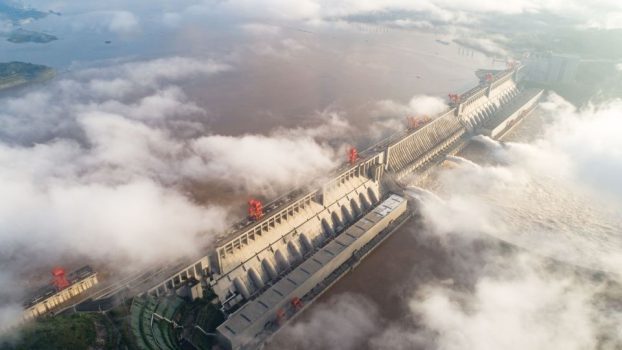 Pin
Pin You’ve probably heard about China building massive dams, like the Three Gorges Dam or the Mekong River projects, right? They’re engineering beasts—huge, powerful, and honestly kind of terrifying when you think about what they mean for the planet and people living downstream. Let’s break down why these mega-dams are both fascinating and frightening.
Table of Contents
Why Is China Obsessed with Building Them?
China, with its mind-blowing population of 1.4 billion people, has an energy appetite that’s off the charts. Hydropower? It’s like the Swiss Army knife of energy solutions: renewable, “clean,” and perfect for the government’s “we’re-gonna-be-the-best-at-everything” narrative. Plus, let’s be real—building mega-dams isn’t just about energy; it’s about flexing on a global stage. Engineering dominance, anyone?
Take the Three Gorges Dam—this beast isn’t just a dam; it’s a symbol. The biggest of its kind, it churns out enough electricity to power millions of homes. But here’s the twist: this isn’t a “happily-ever-after” story. Behind the scenes, these projects come with massive trade-offs.
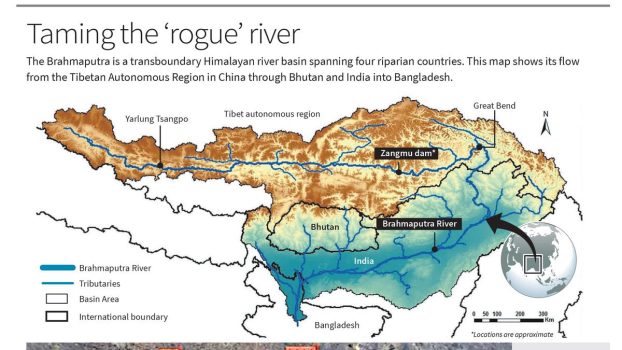 Pin
Pin Image source: Twitter
The Hidden Costs (Spoiler: They’re Massive)
When you build something as colossal as a mega-dam, you’re not just taming a river—you’re reprogramming an ecosystem. Rivers are like the veins of the planet, carrying nutrients, supporting biodiversity, and keeping entire regions alive. Blocking them with a wall of concrete? It’s like slamming the brakes on nature’s most intricate systems.
Case in point: The Mekong River. This waterway is a lifeline for millions across Southeast Asia—farmers, fishermen, entire economies depend on its steady flow. Now, enter China and its upstream mega-dams. When they control the water, they control everything downstream.
Too little water? Crops fail, fish populations plummet, and local economies tank.
Too much water? Flooding wipes out villages and livelihoods.
But the damage doesn’t stop with water flow. These dams flood massive areas of land, swallowing up towns, farmlands, and wildlife habitats. Entire communities are displaced—thousands of people forced to leave behind their homes, histories, and ways of life. Imagine your entire town, your childhood memories, just gone—drowned under a reservoir.
The Big Picture
China’s obsession with mega-dams isn’t just about energy—it’s about control. These projects give them leverage over downstream countries, especially in regions like Southeast Asia. When you control the water, you control agriculture, trade, and even geopolitics. It’s a power play wrapped up in the guise of renewable energy.
But here’s the real question: at what cost? The environmental toll, the loss of communities, and the geopolitical tensions these dams create are massive. Sure, they generate electricity, but are they really worth the long-term damage to ecosystems, cultures, and livelihoods?
Let’s hear your take—are mega-dams the future, or are they just another disaster waiting to happen?
Oh, and Then There’s the Politics
Here’s where things go from messy to political chess match. Rivers like the Mekong don’t just stay in one country—they’re the lifelines for entire regions. Think about it: the Mekong flows through China, Thailand, Vietnam, Cambodia, and Laos. When China builds a mega-dam upstream, it’s not just playing around with its own water—it’s holding everyone downstream hostage.
And let’s be honest: when has China ever been shy about flexing its geopolitical muscles? These dams give China a trump card—a literal hand on the tap. If you’re a downstream country and you want to negotiate trade, territorial disputes, or just keep things peaceful, guess what? That water flow might mysteriously change depending on how much Beijing wants to cooperate.
What can these countries do about it? Not much. You’re not exactly going to stop China’s bulldozers mid-project. So, yeah, there’s a lot of nervous side-eye going on from countries downstream, but their hands are pretty much tied.
The Social Fallout: Real People, Real Losses
Let’s talk about the human cost, because it’s huge. When China builds something like the Three Gorges Dam, it’s not just a construction site—it’s a wrecking ball for people’s lives. Over a million people were displaced for that project alone. Entire villages were uprooted, ancestral lands were drowned, and centuries of history and culture vanished under a reservoir.
This isn’t just about losing a roof over your head. For the people who lived there, it’s losing their identity, their way of life. Imagine waking up one day to find that your home, your fields, and even your ancestors’ graves are underwater. Where do you go? Who do you become?
Even the people who stay in the region face issues. Those massive reservoirs can trigger landslides and destabilize the surrounding land. Plus, the changes in water flow mean less fertile soil for farmers downstream. It’s like nature is taking its revenge for being tampered with.
But It’s Not All Bad, Right?
Okay, fair is fair—these mega-dams aren’t all doom and gloom. One big win? Flood control. Before the Three Gorges Dam, the Yangtze River used to cause catastrophic floods that wiped out villages and farmlands. The dam has significantly reduced that risk.
And let’s not forget the electricity. These dams generate insane amounts of hydropower, which is technically clean energy. In a world trying to move away from fossil fuels, that’s a big deal. Millions of homes are powered by these dams, which is nothing to sneeze at.
The Geopolitical Power Play
Here’s where the power dynamics get super interesting. China isn’t just building mega-dams for energy or flood control—it’s using them as tools for regional dominance. By controlling water flow on rivers like the Mekong, China effectively has the ability to manipulate downstream economies. Water is life, and in agriculture-heavy countries like Vietnam and Cambodia, controlling the flow of the Mekong is like having a stranglehold on their food supply.
This control gives China leverage in broader negotiations, whether it’s about trade, territorial disputes, or geopolitical alliances. For example, if a downstream country criticizes China’s policies or aligns with its rivals, Beijing can “adjust” water flows. Maybe a sudden drought, or worse, unexpected flooding during the rainy season. It’s a subtle but devastating way of keeping neighbors in check without firing a single shot.
But here’s the kicker: China doesn’t really care much about international backlash. They’ve built dams despite protests from neighboring countries and environmental groups. Why? Because the economic and political benefits outweigh the diplomatic risks in their eyes. It’s a bold move, but one that could leave a trail of damaged relationships in its wake.
Economic Benefits vs. Local Costs
From an economic standpoint, mega-dams are a win for China—at least on paper. Hydropower is a cheap and sustainable way to generate electricity, and it’s helping fuel China’s industrial growth. Plus, these projects create thousands of jobs during construction and bring energy to regions that desperately need it.
But here’s the rub: the local communities rarely see these benefits. For many of the people displaced by dams like the Three Gorges, the compensation they’re offered doesn’t come close to covering what they’ve lost. Farmers who’ve worked the same land for generations are given tiny plots in less fertile areas—or worse, moved to cities where they struggle to find work.
Even post-construction, the economic impact is uneven. The electricity generated often goes to China’s urban centers and industrial hubs, leaving rural areas—the same ones that sacrificed the most—with little to show for it. So while the nation benefits as a whole, the local cost is staggering.
The Environmental Ripple Effect
It’s not just the immediate area around the dams that suffers—mega-dams send shockwaves through entire ecosystems. The rivers that these dams block don’t just provide water; they’re lifelines for fish, plants, and animals. When you disrupt that flow, you’re disrupting the food chain from top to bottom.
Take fish migration, for example. Many species rely on free-flowing rivers to spawn, and dams completely mess up their migration routes. Populations plummet, which doesn’t just hurt the environment—it also devastates the livelihoods of the people who depend on fishing.
Then there’s the sediment issue. Rivers naturally carry sediment that fertilizes farmland downstream. When you block that sediment with a dam, the soil loses its nutrients over time. Crops don’t grow as well, and farmers are forced to rely on artificial fertilizers, which create their own environmental problems.
Oh, and let’s not forget climate change. Large reservoirs created by mega-dams release methane, a potent greenhouse gas, as organic matter decomposes underwater. So while hydropower is often sold as “clean energy,” it’s not as eco-friendly as it seems.
So, What’s the Final Tally?
China’s mega-dams are more than just massive engineering projects—they’re symbols of power, tools of control, and drivers of economic growth. But they come with a steep price: displaced communities, environmental destruction, and strained international relations.
The question isn’t just whether these dams are worth it for China, but whether the world is ready to deal with the ripple effects they create. Are we looking at a solution for clean energy and flood control, or a disaster in slow motion? What’s your take—masterstroke or mistake?


